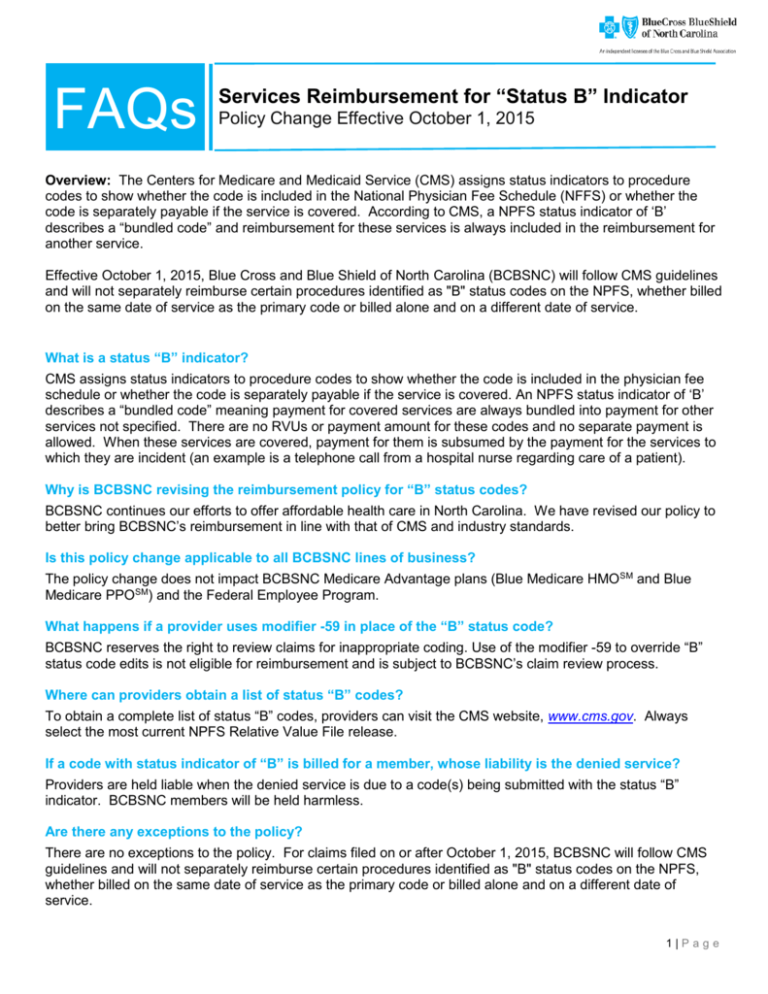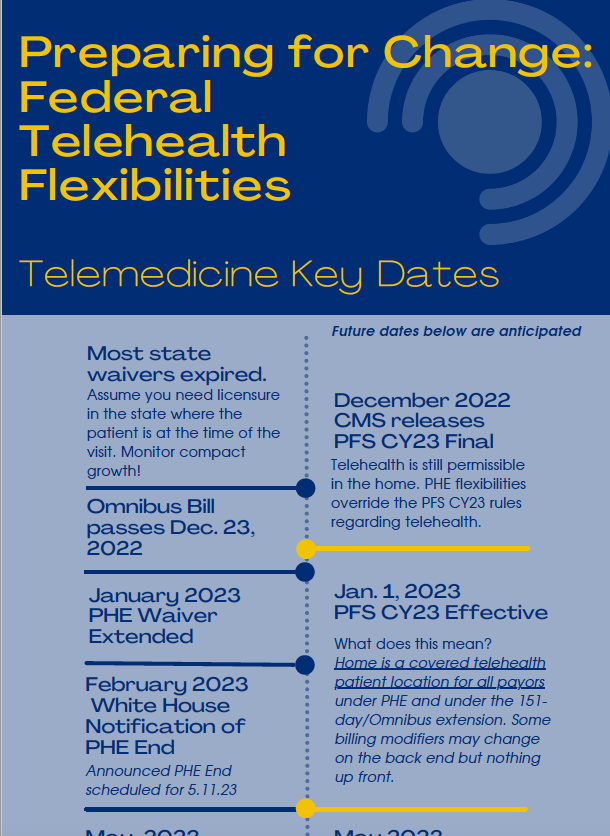Table of Contents
- New CMS Rule Ties COVID-19 Data Reporting to Medicare Participation ...
- As the 3rd Open Enrollment Ends, a Look at How Obamacare is Doing - US News
- Winding Down Medicaid Enrollment When Health Emergency Ends ...
- 10 Things to Know About the Unwinding of the Medicaid Continuous ...
- Overview: The Centers for Medicare and Medicaid Service (CMS
- CMS Releases Medicaid LTSS Users and Expenditure Data for 2019-2021 | ANCOR
- CMS announces first states to participate in AHEAD model | AHA News
- CMS Ends RAPS for RA - Are Your Prepared?
- Medicaid coverage after the COVID pandemic public health emergency ends ...
- Preparing for the end of the PHE - Provider communication | National ...



Understanding DSHPs and DSIPs


Impact of CMS Decision
/cloudfront-us-east-1.images.arcpublishing.com/pmn/2MSXPSM4FNAJPJR5PDFVA3NAEE.jpg)


What Does This Mean for Individuals with Disabilities?
The end of federal funding for DSHPs and DSIPs raises concerns about the future of disability services. Individuals with disabilities may face reduced access to essential services, including medical care, therapy, and support with daily living activities. This could lead to a decline in health outcomes, increased hospitalization rates, and a decrease in overall quality of life. Furthermore, the decision may exacerbate existing healthcare disparities and create new challenges for individuals with disabilities, their families, and caregivers.
State Responses and Future Directions
In response to the CMS decision, states are exploring alternative funding sources and strategies to maintain essential services for individuals with disabilities. Some states may consider increasing state funding, seeking private funding, or implementing cost-saving measures to mitigate the impact of the decision. Additionally, states may need to reassess their Medicaid waiver programs and explore new ways to provide services to individuals with disabilities. The end of federal funding for state Medicaid DSHPs and DSIPs marks a significant shift in the healthcare landscape. While the decision presents challenges, it also creates opportunities for states to innovate and explore new approaches to delivering disability services. As the healthcare community navigates this change, it is essential to prioritize the needs of individuals with disabilities and ensure that they continue to receive the support and services they require to thrive. By working together, we can ensure that individuals with disabilities have access to the care and resources they need to live fulfilling and independent lives.Keywords: CMS, Medicaid, DSHPs, DSIPs, disability services, healthcare, state funding, federal funding